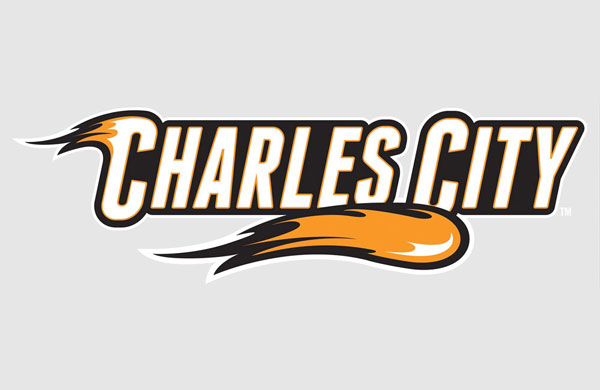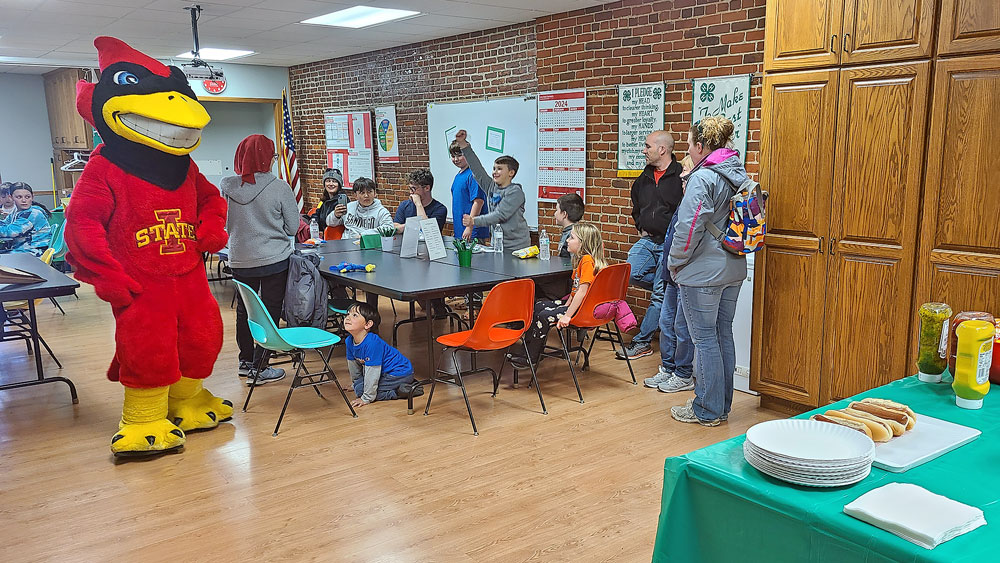A snapshot of life with John Price
A snapshot of life with John Price
R.M. Granet & Co. navigates Midwestern America and beyond in new collection
When the John Price paintings arrived from Chicago, R.M. Granet & Co., manager Molly Thomson wasn’t immediately sure what to think of them.
“I kind of went, ‘Hmm, those are different, those are interesting,” Thomson said. “Then I started hanging them, and I was blown away. That’s what’s cool about your experience with artwork.”
“Art as Elegy: The Works of John Price” premieres tonight from 5 to 7 p.m. in the gallery’s first formal showing since their October 2014 opening. The event showcases about 25 pieces from the Price estate, now for sale in Charles City.
“It’s an opportunity for people to meet us if they haven’t met us before, to see what we’re about,” Thomson said. “The thing that we have here is a really casual environment, a home environment…you can sit and take in the artwork in your own way.”
Price, who lived from 1919 to 2000, was a naturalist and painter who served four years of military service abroad before completing formal training at the Art Institute of Chicago, Northwestern University and Columbia University, where he received his doctorate in 1965. Much of his work was created during his career as an educational administrator and high school principal, Granet Gallery said in a press release, and he eventually served as an editorial consultant for college textbooks and illustrator for technical handbooks.
Much of the collection spotlights Price’s distinct passions for nature and harbor life, Thomson said, as she passed wide-view landscapes and close-ups on a small family of foxes on the gallery walls.
“(He’s) focusing your attention, but he does it really, really well,” Thomson said. “He’s a midwesterner. His work is really relatable, and that’s not an easy thing to do.”
He may be drawing viewer’s attention in, but they shouldn’t be afraid to step back and see the wider angle: the collection features a few pieces from Price’s “American Harbor Series,” midwestern and east coast harbors that Price depicts on top of nautical maps of the locale. In his portrayal of “Fishtown”, docks, boats and roofs unfold along the mapped borders of land and sea; at the bottom, beneath the artist’s signature, he helpfully writes, “Not to be used for navigation”.
“He doesn’t pretend for it to be accurate, but he wants you to be paying attention and he wants you to go there,” Thomson said. “If you’re a boat lover, a harbor lover, a travel lover… You and I are different people, but we could find ourselves there.”
As lifelike as his portrayals are, Thomson herself is drawn to the imperfections, minor tics that play up to human involvement. While a still scene on the harbor points to Price’s precision, ocean spray on a rocky shore crests in a bit of blur, a bit more wildness to emphasize natural movement.
“This one, the reflection is just wonderful,” Thomson said, pointing to sailboats in “Booth Bay Harbor.” “There’s accuracy and then you look at other pieces like, what happened, did he lose it? You can interpret that as you will, but I think he definitely knew what he was doing.”
“He doesn’t make it so perfect that you get bored,” she said.
There are plenty of stories to contextualize each piece: watching a woman and child complete house chores in Milan; Price painting a pheasant portrait, live at the then-sporting goods retailer Abercrombie & Fitch; and the portrait “Young Woman with Short Blond Hair”, which stands out from the rest of Price’s collection. Brighter colors and looser, bolder lines characterize the unnamed subject, which Thomson describes as “dreamlike”.
“He has really pulled me in, he’s taken me by the hand and said ‘look at this! This is all around you,’” Thomson said. “He’s just added another dimension to how I see things and experience things.”



By Kate Hayden khayden@charlescitypress.com









Social Share